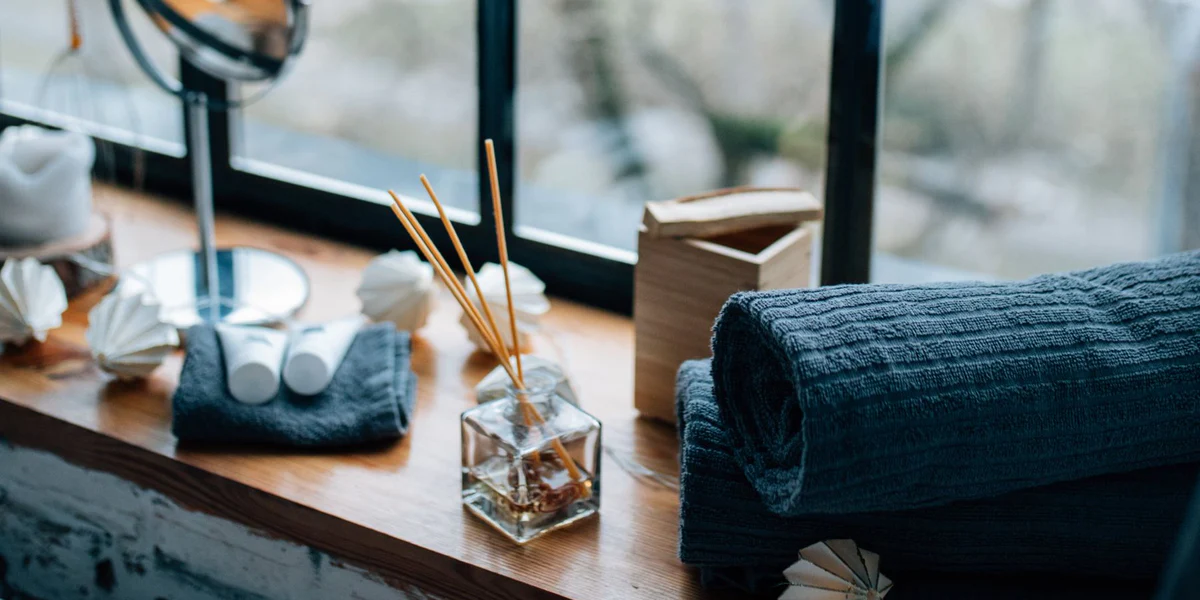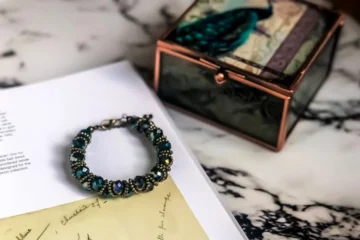Reed sticks, often perceived merely as materials for crafts, have a rich history and a multitude of benefits that extend far beyond their aesthetic appeal. Traditionally used in various cultures for everything from construction to artistic endeavours, reed sticks have been undervalued in the contemporary context. This article delves into the hidden benefits of reed sticks, showcasing their versatility and significance across different domains.
Sustainability And Environmental Benefits
One of the most compelling aspects of reed sticks is their sustainability. Reeds grow abundantly in wetlands and marshy areas, making them a renewable resource. They can be harvested without causing significant environmental harm, as these plants regenerate quickly. Using reed sticks helps reduce reliance on more resource-intensive materials like plastic or metal, which have far more detrimental environmental impacts.
Moreover, reed sticks contribute to ecosystem health. They play a vital role in stabilising soil and preventing erosion, particularly in aquatic environments. Their dense root systems help filter water, trapping pollutants and improving water quality. By utilising reed sticks, we not only benefit from their uses but also support environmental conservation efforts.
Craftsmanship And Artistic Expression
While reed sticks are often associated with traditional crafts, their potential for artistic expression is vast. Artists and crafters can use them to create intricate designs, sculptures, and decorations. Their flexibility and light weight make them easy to manipulate, allowing for creative freedom in design.
In addition to traditional crafts, reed sticks have found their place in modern art. Artists incorporate them into mixed media works, adding texture and organic elements to their creations. The natural aesthetic of reed sticks can enhance various artistic projects, bringing a touch of nature indoors. Their availability in different lengths and thicknesses also allows for customisation, making them suitable for various artistic styles.
Construction And Structural Applications
Reed sticks have a long-standing history in construction, particularly in regions where they are abundant. They are traditionally used in making thatched roofs, wall panels, and even as a framework for structures. Their lightweight nature and strength make them an ideal choice for sustainable building practices.
In modern architecture, the use of reeds in construction is gaining renewed interest. Architects and builders are exploring the use of reed sticks for eco-friendly building materials, emphasizing their thermal insulation properties. Structures made with reed can maintain comfortable temperatures, reducing the need for artificial heating and cooling systems, which can significantly lower energy consumption.
Versatile Uses In Agriculture
Reed sticks also have applications in agriculture. They can be used as natural plant supports for climbing plants, providing stability without the need for synthetic materials. This method promotes organic farming practices by reducing the introduction of chemicals into the soil.
Additionally, reed sticks are often employed in creating natural barriers or fencing in gardens. They serve as windbreaks and can help create microclimates for more delicate plants. The use of reed sticks in these ways not only supports plant growth but also fosters biodiversity by providing habitats for various organisms.
Cultural Significance And Tradition
Across many cultures, reed sticks carry significant cultural importance. For instance, indigenous communities often use reeds in traditional practices, such as weaving baskets and mats. These crafts are not merely functional but also represent the cultural heritage and artistic expression of a community.
Reeds are also used in musical instruments, such as flutes and reed pipes, connecting music and nature in a harmonious blend. By understanding and appreciating these cultural practices, we can recognise the broader significance of reed sticks beyond their utilitarian value.
Therapeutic And Health Benefits
Engaging with natural materials like reed sticks can have therapeutic effects. Crafting and working with these materials can provide a calming and meditative experience, reducing stress and enhancing mental well-being. Many therapeutic art programs incorporate natural materials to encourage creativity and mindfulness, highlighting the mental health benefits of engaging with nature.
Moreover, reed sticks are often used in aromatherapy and natural healing practices. When combined with essential oils, reed sticks can serve as diffusers, allowing for the gentle release of fragrances that can enhance relaxation and improve mood.
Conclusion
Reed sticks are far more than mere craft supplies; they represent a sustainable, versatile, and culturally significant resource that has applications in art, construction, agriculture, and health. Their benefits extend into environmental conservation and cultural heritage, showcasing their importance in our daily lives. As we continue to explore and appreciate the hidden advantages of reed sticks, we can integrate them into our practices, promoting sustainability and creativity while celebrating the rich history they carry. By recognising and utilising these natural resources, we can contribute to a more sustainable and artistic future.
Keep an eye for more latest news & updates on Gossips!




